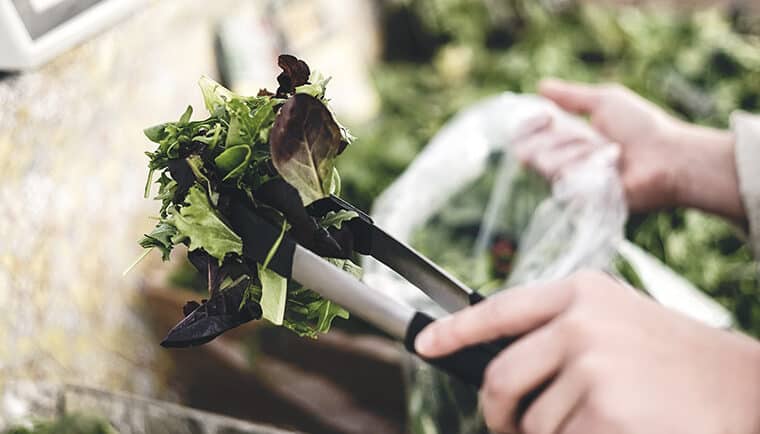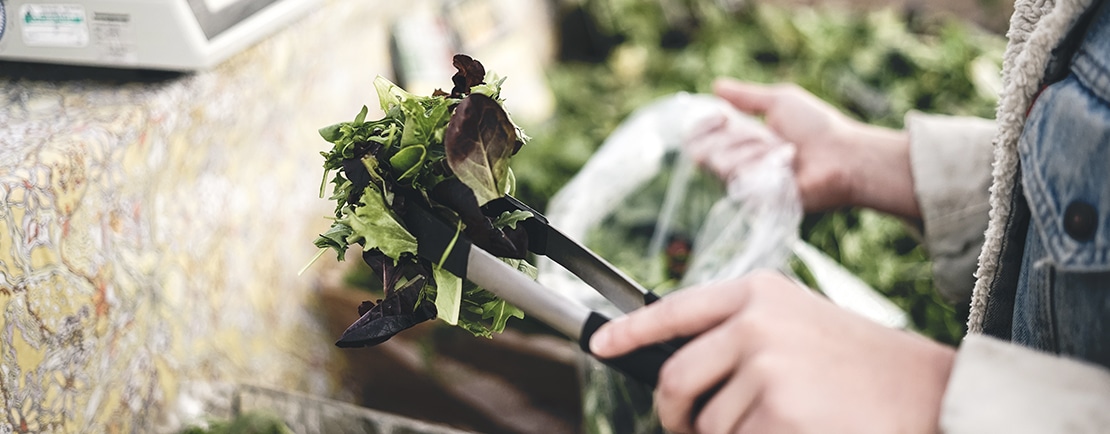



Nutritionist, Health Coach and Senior Editor at Best of Vegan (a digital culinary publication dedicated to vegan recipes and the plant-based culinary scene), Samantha Bailey is driven by the mantra “Since I know better, I must do better.”
Lucky for us, Sam is generous with her knowledge and when we asked her to share her insights about how organic fits into her health journey and what “secrets” she could share about keeping organic food affordable, she agreed. Read below for Sam’s top tips on buy and eating organic food on a budget. If you’d like to learn more about Samantha’s compelling story and her thoughtful insights on the importance of food choices head over to Best of Vegan.
My top 8 tips to make eating organic more affordable:
Legumes and grains are higher in calories and lower in cost than many other foods. When you buy them dry, they’re also very easy to store and last a long time, while leftovers can easily be frozen, helping you reduce food waste.
Spend some time comparing the prices of items bought in bulk versus packaged items at your local grocery store or market. You’d be surprised to see what a huge difference this can make. Also, compare prices within the bulk bin section itself. Walnuts are cheaper than pine nuts, raisins are cheaper than dried mangoes etc. The better acquainted you are with this section, the more you’ll save overall.
Bananas, apples, tangerines: for the price of a pint of berries, you can get 2-4 bunches of bananas, depending on where you shop. Not only that, but bananas are much more filling and caloric than berries, giving you an even better value for your money.
To find out which fruits and vegetables are currently in season, simply google the name of your city, region or state and add “produce in season”. It’s not uncommon to find a pint of local strawberries in season for a third or even less of the price they’d cost you the rest of the year. When produce is not in season, it has to either be imported or grown in greenhouses, both of which cost more.
Choose to prioritize the packaged foods you really love and then see if there are other areas in your life where you could save money in order to afford them: no one is saying you shouldn’t ever buy packaged foods. They’re incredibly convenient, taste good and if you choose the right ones, high in quality. I save a ton of money by buying clothes second-hand and choosing public transportation over cabs when I go out etc. With that extra money, I love investing in products and foods I truly love and that I know are good for me.
Don’t underestimate how much you can save if you pay attention to sales and use coupons. Some companies even offer coupons and discounts via their websites, so if you’re looking to stock up on a particular product, be sure to check out their website and/or social media channels first.
Buy bigger versions of the same product, like cashew yogurt, etc.: Do the math. Look at the price per weight of a single serving and then compare it to that of a bigger serving size of the same product and brand. The bigger size will almost always be more economical. Smaller portions can be more convenient, especially if you live alone, but you can easily freeze things like cashew yogurt (tip: try freezing it in an ice cube tray and then making your own fro-yo!).
You’ll be less likely to order a meal out: Another way to save money is to eat in more and meal prep. If you have a pre-made meal waiting for you in the fridge, you’ll be less tempted to order takeout and you’ll save time in the kitchen!
This article was written by Samantha Bailey, Best of Vegan Senior Editor & Certified Nutrition Counselor, in partnership with Forager Project.

Samantha Bailey is a senior editor at Best of Vegan and a Certified Nutrition Counselor.